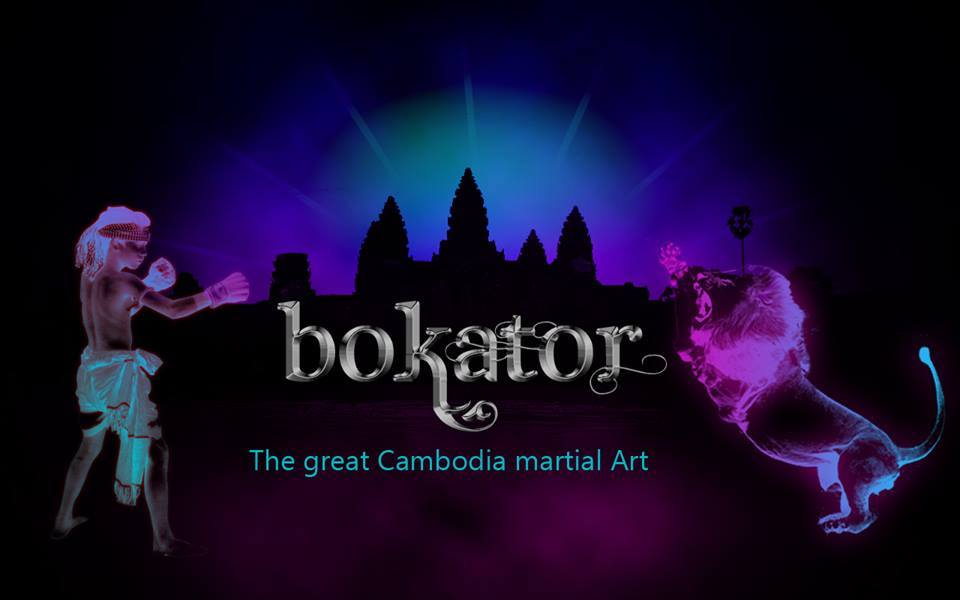A tangled web of lies and deception appears to be the bedrock to the triangular relationship between Douglas Latchford
Khmer Art Overseas:
A tangled web of lies and deception appears to be the bedrock to the triangular relationship between Douglas Latchford, Emma Bunker and the Denver Art Museum. With a 2019 federal grand jury indictment on five counts, including wire fraud and smuggling, accusing him of bringing illicit antiquities into the United States, Latchford died in 2020 before he could stand trial. His side-kick for decades who provided a scholarly legitimacy to his nefarious smuggling activities was Emma Bunker, affiliated with the Denver museum for 40 years before her death in 2021. As for the museum itself, Latchford loaned, gifted or sold 14 pieces to them between 1999 and 2011, including four items that were re-possessed by the Southern District of New York and returned to Cambodia earlier this year. The museum has consistently sidestepped or ignored questions over their connections to Latchford and their own collection, and is one of very few museum inventories that provides little to zero online information about what artifacts they hold. It’s like getting blood out of a stone, somewhat apt as we’re seeking answers to Khmer artworks looted from Cambodian temples, shipped overseas illegally and often described in the media as blood antiquities. The return of those four artifacts a few months ago was not the first time the Denver museum had been caught with their hands in the cookie jar. In 2016, under public pressure, they handed back a statue of Rama to Cambodia, which had been looted from Koh Ker forty years earlier. More recently, they returned 22 objects to India, which were tied to Subhash Kapoor, a former New York gallery owner who has been sentenced to jail for his smuggling activities.
The difficulty in assessing the museum’s 7,000 artworks in its Asian holdings, makes serious scrutiny of their collection almost impossible. The Cambodian Restitution team have sought answers, so far without success. The museum’s reputation for secrecy is well-earned. Take for example, two gorgeous sculptures that are pictured here, and which I have been informed were part of Douglas Latchford’s personal collection at his home in London. In 2004, the book authored by Latchford and Bunker called Adoration and Glory, included images of Lakshmi and Vishnu, husband and wife, from the Kulen art period of the 9th century Khmer Empire. Both statues were on loan to the Denver Art Museum, purportedly from the Radcliffe Collection, whoever that was. The pictures of the two gods, believed to have been taken at Latchford’s home, sees them wearing gold jewelry similar to pieces handed over by his family in recent months to the Cambodian authorities. Whether the sandstone statues are still with the museum or were returned to Latchford, the Radcliffe Collection or whoever, remains a mystery, waiting to be solved. If you have any information about them, I’m all ears.
About Me
I have graduate from BUILD BRIGHT UNIVERSITY(BBU) AND PREAH SIHANOUK RAJA (SBU) I work at Khmer Plus Computer Address: #156BE, St.63 (Trasak Phaem), Sang kat Chaktomok, Khan Daun Penh, Phnom Penh And Much More... Hey..My name is Thol Un Welcome To my site! Hope it will help you! Nice to know you! Indroduce My Self -My name is Thol un.I come from Kompong cham Province -Now I am staying at Langka pagoda .I have graduated from Build Bright University -My Major is Information and Network Technology -I am Working at Khmer Plus Computer -I want to get experience From your Company and develop your Company to be More Successful forever
Thanks for Support
Copyright©️:2021 All Rights Reserved. @Mr. Thol Un Hi every body, In this video I want show about the people success with Website, All This The Result From Website Partnership. Make money online speak Khmer: Please Followers My Website to Get More Videos!! Giving Dharma Is Better Than Giving Things!! Thanks for Support My Website !! This Website is created for the purpose of spreading the Entertainment Cambodia and other History Khmer, Dharma Khmer, Cooking Khmer by posting videos in Website Blogger or Blogspot YouTube and Facebook Page. Thanks and thanks for the support for this Website ..! Thanks For watch all this Website !❤ Like ✅Share ☑️ Comment❤ Kindly donate to the ABA Bank : ❤Thol Un❤ ❤001885833❤


















